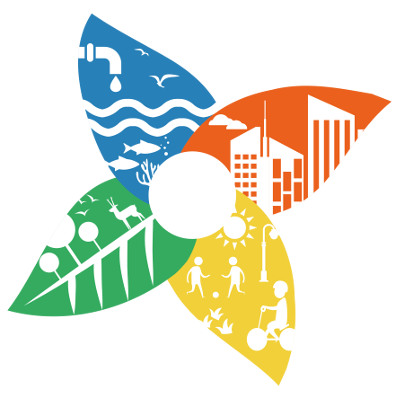The increasing urban population worldwide is experiencing challenges imposed by climate change, decreasing environmental quality and threats to health and wellbeing. Consequently, cities are seeking for new strategies to tackle these urban challenges in a sustainable way. Nature-based solutions (NBS) are increasingly recognized for their potential to contribute to solving these challenges. The concept of NBS builds on and support other related ‘green’ concepts describing the relationship between nature and human wellbeing, such as the ecosystem services (ES) concept.
But despite the increasing attention, the literature on this topic is scattered and fragmented, and we lack the ‘big picture’ of the effectiveness of NBS in tackling sustainability challenges. As part of the Naturvation project, the GLOBIO team of PBL Netherlands Environmental Assessment Agency in collaboration with the Centre of Environmental and Climate Research (CEC) set out to ‘map’ the evidence base of ES delivery by urban green and blue infrastructure. We developed an urban ES database which contains an overview of more than 500 peer-reviewed scientific publications reporting on ES provided by green and blue infrastructure. We focused our literature search on eight ES that are generally considered particularly important in the urban context: local climate regulation, storm water retention, water purification, soil remediation, air quality regulation, pollination, recreational and aesthetic value.
The database describes the evidence base by providing information on various aspects such as in which urban setting services are measured (e.g. in a park, garden or green roof), how the services are assessed (e.g. field measurement or by the use of an model), and which sustainable challenges could potentially be addressed by the NBS. The database also contains information on the indicators used to quantify the ES and provides, where possible, indicative values of these indicators. The database will be helpful in identifying current knowledge gaps and limitations and can be used for further development of assessment tools, such as models that quantify the effectiveness of current and future urban NBS.
